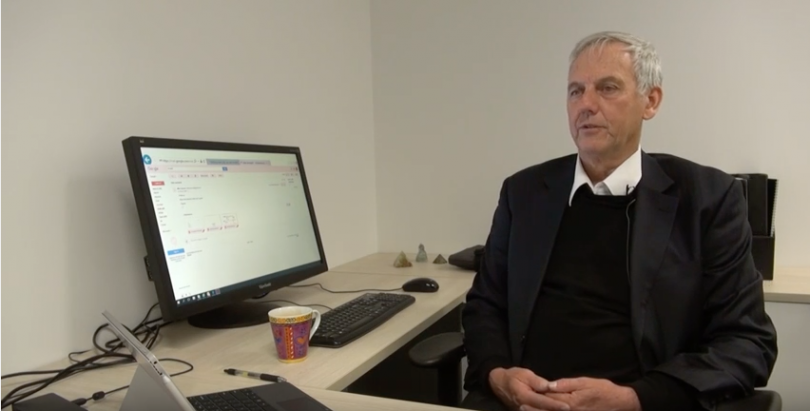Living near Bells Beach, Michael Estcourt’s commute to and from work is prettier than most. He rides his bike down to Anglesea in the dedicated bike lane along the Great Ocean Road, the salty smell of beach water in the air. But as of July 29, this experience will never be the same.
It was on this day that Michael was the victim of a cycling crash. He was hit from behind by a four-wheel drive travelling at 80km/h and dragged along the road.
“It felt like I was being picked up and thrown against a wall,” he said.
After the initial impact Michael laid on the ground, taking a few moments to realise that he wasn’t seriously hurt. He remembers other cars pulling over to assist, criticising the driver for what he’d done, saying the driver had been weaving all over the road.
Still in shock, Michael called 000. They asked him whether he needed an ambulance, and whether the driver was intoxicated at the time, to which he answered no. Therefore, they decided not to send police to the scene.
Traumatised by this experience, Michael could not look at his ruined bicycle and tattered clothes for a week and a half. Once he did, he got quotes for the bike and his clothes, and wrote a letter to the driver.
A few months on, he is still waiting for compensation from the driver, who says he is still gathering the money together. Although TAC assist with medical bills in the case of personal injury, as they have done for Michael, the cost of the bike and clothes are not covered. In fact, there is little he can do.
In Victoria right now, the victim of a cycling crash relies on the driver to be covered by insurance or to have enough money to cover the damage. If they don’t, the victim is left with limited options to receive compensation for the material items, regardless of the cost of damage and fault of the driver. The next step would be seeking legal help, a process which can be time-consuming and expensive.
He also thinks the process by the Ambulance and police response could have been improved at the time of the accident.
While this may be a flaw in the system, Michael commends the police for putting him in contact with trauma counsellors.
But despite the help, he has no plans to ride on the road again soon. He did everything right; he was riding in a marked bike lane at the time of the crash, with a flashing red light on his bike and a fluoro vest on his body.
“I don’t know that I could’ve done any more,” he said.
Michael feels as though cyclists are not entirely in control of their own safety when riding on the road, and says he’ll only ride on a road when there is full separation of cars from bikes.
In the meantime, he has traded his racing bike with his nephew’s mountain bike, to ride along bike tracks instead, recently getting back on the saddle for the first time since the crash.
Research from Monash University found that of 186 cycling-related trauma patients, 96% returned to work 12 months after a crash, despite only 46% having made a full functional recovery (quantified using the Glasgow Outcome Scale Extended). Whether affected emotionally or physically, this means almost half of the victims had not returned to their normal daily levels of activity after a cycling crash.
These figures don’t include the many cyclists who, like Michael, were not admitted to hospital, but still suffer the ongoing psychological impact of being involved in a crash.

